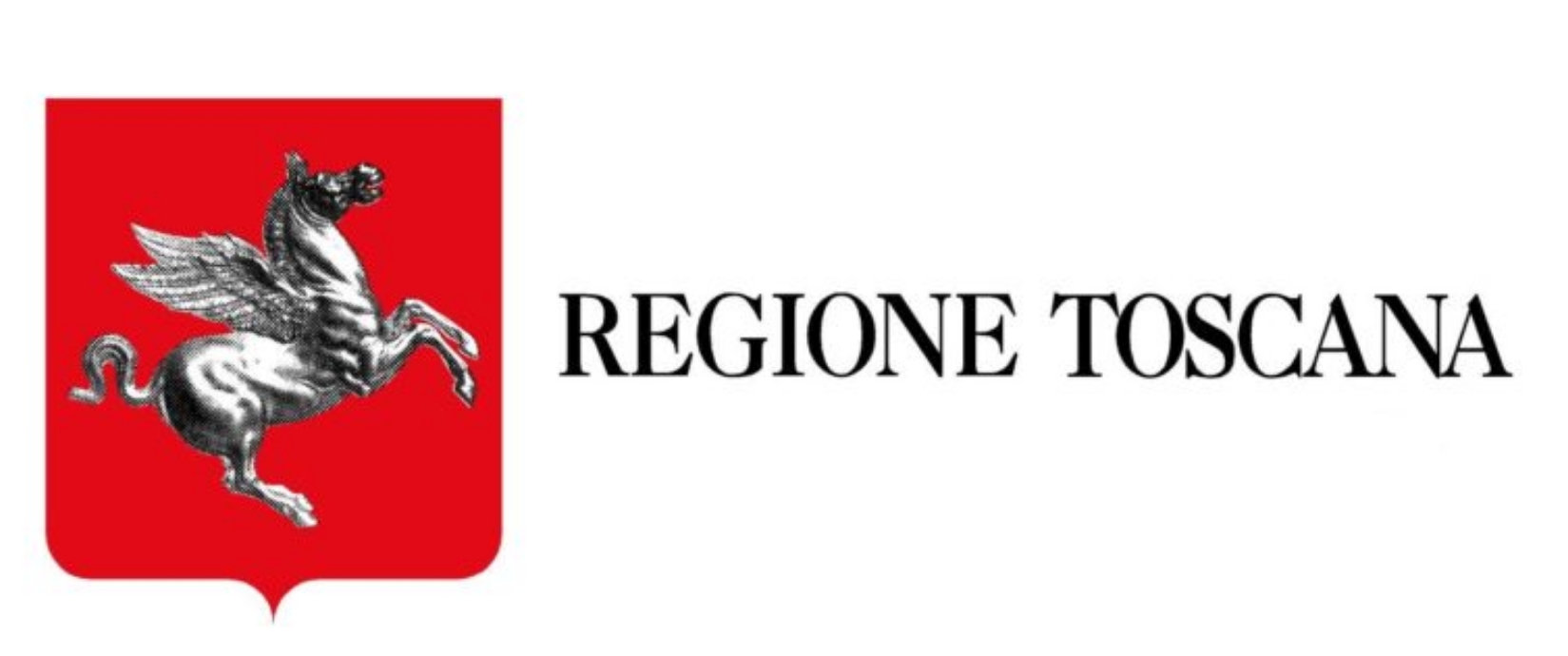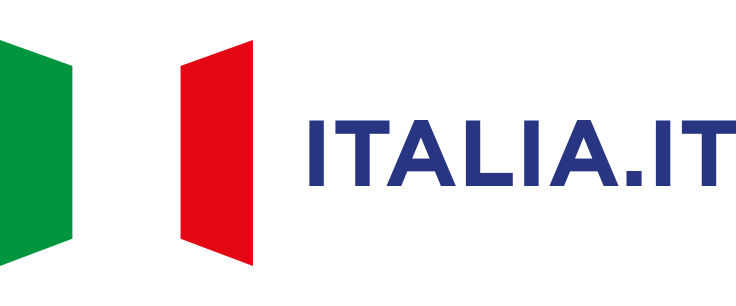Toscana: The Lauretani Ways
4 minutes

A route that follows historical trails for some 114 km of unspoilt beauty through the landscapes of the Crete Senesi and Chiana Valley, linking important art cities like Siena and Cortona. The entire route then spills over into the Umbria and Marche regions, finishing at the Holy House of Loreto, from which the Italian name ‘Via Lauretana’ (Lauretani Ways) originates.
This was originally an ancient Etruscan and Roman route which, in the Middle Ages, became a pilgrimage route linked to the Marian cult of the Holy House of Mary, transferred to Loreto after the expulsion of the Crusaders from the Holy Land.
Currently, the Via Lauretana Toscana (Tuscan Lauretani Ways) follows dirt tracks through the most beautiful landscapes of Tuscany, characterised by gullies, biancane (white, dome-shaped rocky reliefs), oak thickets, plains and cultivated hillocks, lands that were once plagued by malaria, before being reclaimed in the Grand Duchy era, and by brigands, always ready to rob pilgrims, merchants and wayfarers.
Five stages through some of the world’s most beautiful hills, exploring medieval villages, Etruscan treasures and astonishing nature providing settings that have inspired artists from all over the world in the past and continue to do so today.
Immersed in the landscape and colours of the Crete Senesi

A land featuring unusual geological formations such as gullies and biancane (white, dome-shaped rocky reliefs) due to the high erodibility of its clay soil. Indeed, the name ‘Crete’ derives from the clay predominantly comprising the soil. When combined with minerals such as rock salt and chalk, in autumn and winter, it gives the landscape a grey and desolate yet captivating and evocative appearance often described as ‘lunar’.
The Crete Senesi, or ‘clays of Siena’, with their unique and picturesque landscape, reveal all their beauty as soon as you leave the starting point of the route, Siena. After admiring the magnificent Piazza del Campo and Cathedral of the city of the Palio, art and history give way to rolling clay hills leading to Vescona, a village nestling among the ‘crete’, surrounded by breathtaking views. Continuing on, you reach Asciano, where you can visit the Basilica of Sant'Agata and the Archaeological Civic Museum. Finally, Serre di Rapolano, known for its famous thermal baths and its precious travertine stone, offers a perfect combination of wellness and culture in an unparalleled natural setting.
On foot in the Chiana Valley, the ‘granary of Tuscany’

This fertile valley extending between the provinces of Siena and Arezzo is a picturesque landscapes featuring rolling hills, geometric vineyards and olive groves. Once known as the ‘Granary of Etruria’ due to its extraordinary agricultural productivity, the Chiana Valley is, today, a place where tradition and innovation coexist; a land people have succeeded in working in harmony with nature.
The first stop on the Via Lauretana (Lauretani Ways) overlooking the Chiana Valley is in Sinalunga, a charming village with a long history and an architectural heritage of great interest. Continuing south-east, you then pass through Torrita di Siena, another medieval jewel known for its well-preserved ancient towers and excellent Vin Santo wine. The route then heads north to Valiano, an ancient medieval castle surrounded by hills, finally reaching Cortona, the final destination of the Via Lauretana (Lauretani Ways) in Tuscany, a beautiful village overlooking the valley from the top of a hill. It is famous for its historic streets, museums rich in Etruscan and Renaissance art, and the magical atmosphere that pervades every corner.
A road celebrating Etruscan, medieval and contemporary art

The Via Lauretana (Lauretani Ways) is enriched not only by natural and historical heritage but by artistic heritage as well. An priceless legacy unfolds from the very first step, in Siena and its UNESCO historic centre, home to masterpieces such as Ambrogio Lorenzetti’s Allegory of Good and Bad Government frescoes and Simone Martini’s Maestà in the city museum, as well as works by Donatello, Michelangelo and Bernini in the Cathedral. The landscapes of the Crete Senesi then provide an exceptional backdrop to Jean-Paul Philippe’s contemporary work, Site Transitoire. An imposing sculpture in the shape of a window placed on a hill, through which the rays of the setting sun pass during the summer solstice in an exciting spectacle. Walking on, you then come to the sacred art treasures displayed in the Palazzo Corboli museum in Asciano by masters such as Lorenzetti.
The route ends on a high artistic note, in Cortona, whose narrow streets hide treasures of art and archaeology dating back to Etruscan times, preserved in the Etruscan Academy and City of Cortona Museum (MAEC), medieval and Renaissance masterpieces by Luca Signorelli and the Florentine painter Bicci di Lorenzo, and contemporary works by Italian and international artists, exhibited in the many galleries dotted around the town.
Siena sweets, pici all’aglione spaghetti and vino nobile

Delicious flavours and culinary traditions to delight walkers at every stage. Among the food and wine delicacies to be savoured along the way is PGI Panforte di Siena, a cake with ancient origins enriched with dried fruit and spices, usually eaten at Christmas time but perfect for any occasion, especially with a glass of DOCG Vino Nobile di Montepulciano, a robust and well-structured red wine from the surrounding hills. A peer of Panforte is Croccolato di Siena, a crunchy chocolate rich in history.
In the lands crossed by the Via Lauretana (Lauretani Ways), the famous Cinta Senese PDO pigs are reared in the traditional way, producing high-quality ham, while Pici, a local pasta, goes perfectly with Chiana Valley aglione, a variety of garlic that is larger and more delicate-tasting than common garlic. All this is seasoned with excellent PGI Tuscan olive oil with its harmonious flavour. Finally, PGI Chianina cattle, reared in the Chiana Valley, produce a fine and tender meat emblematic of Tuscan excellence.
For more information, click here


